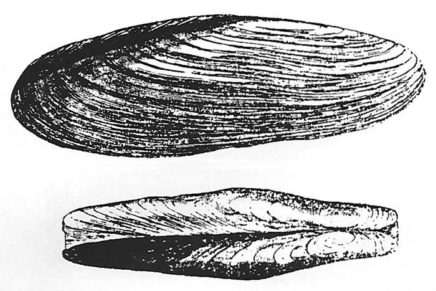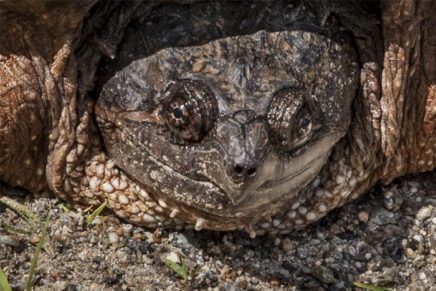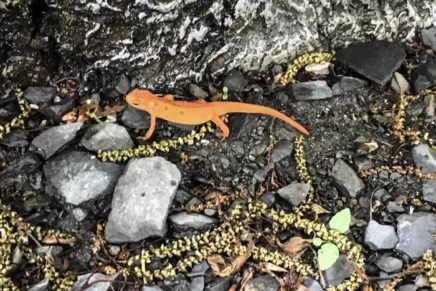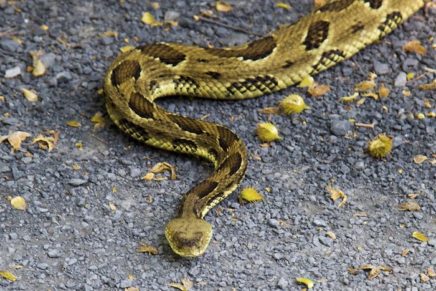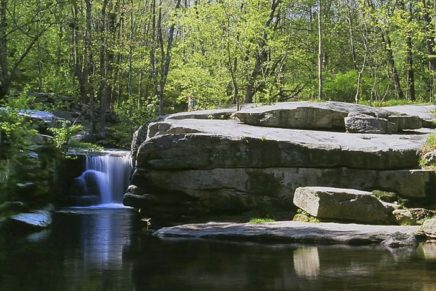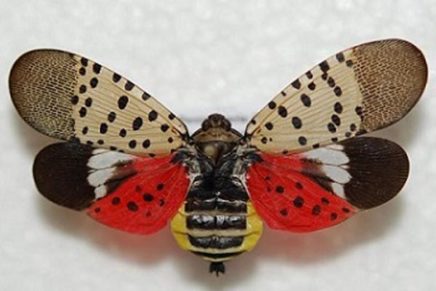This week’s total eclipse
If you’ve seen the Great Pyramids, Machu Picchu, the Grand Canyon, the Taj Mahal, the Atacama Desert, the Himalayas and maybe even rented a houseboat on Lake Powell, is there any sight that can top all these? Yes. A total solar eclipse. Not a lunar eclipse. And certainly not a partial solar eclipse.




